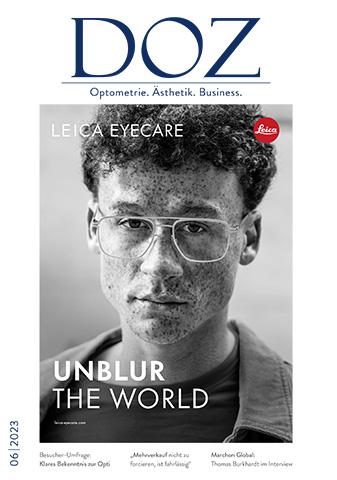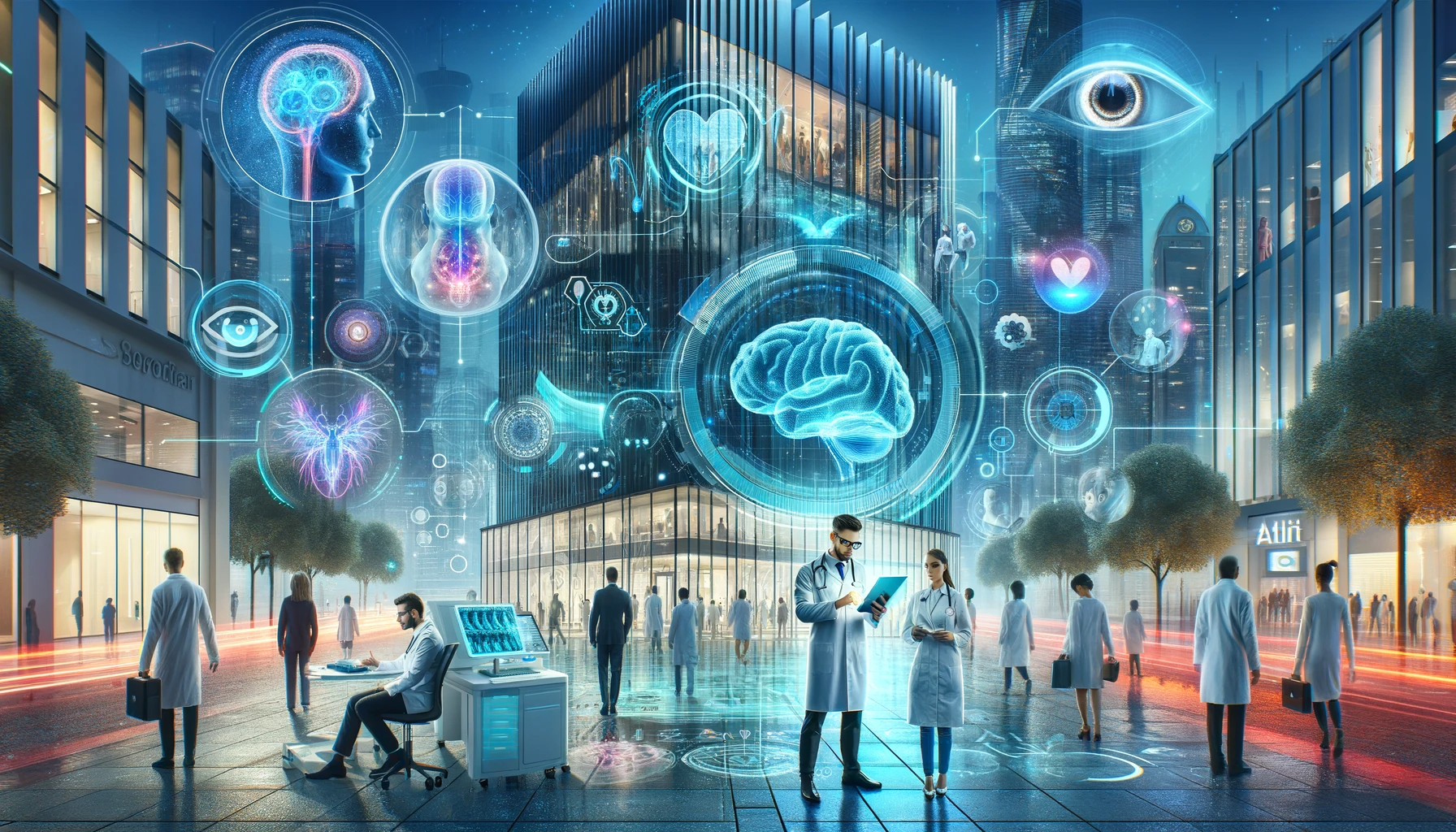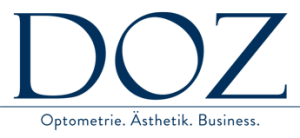


” There will always be a need for experts “ states Laure Pichereau, who has over 20 years of experience in the optics sector as the co-founder and CEO of SiVIEW, the first “refraction device” comprised solely of a connection and control box. The artificial intelligence (AI) is simply connected to the existing refraction device.
→ In an interview with DOZ, she reveals how the AI was developed and what the future plans are for SiVIEW.
Ms. Pichereau, you are the co-founder of the SiVIEW company. What is your original field?
Laure Pichereau: I have a master’s degree in physiological optics, contact lens optics, and optometry from a renowned institution. With over 20 years of experience in the optics sector, I have had the privilege of working on various aspects of the industry. That’s how in 2013, I started working on the first algorithms for SiVIEW. This eventually led me to co-found the company and become its CEO.
How did the idea and creation of SiVIEW come about?
The idea was born in 2013 when I asked myself how to model the subjective refraction process. This initial curiosity led me to delve deeper into the subject and explore different approaches to find a solution. The goal was to develop something stable, adaptable, scalable, and above all intelligent. This journey ultimately led to the creation of SiVIEW.
How long did it take to develop the AI-based refraction unit?
Developing our AI-based refraction solution involved two main components: the algorithm – the AI – and the SiVIEW box, a universal box to control existing devices. There is no refraction unit per se, but a combination of these elements makes our solution unique. Developing the first algorithm took three years, and the SiVIEW box was developed by a team of electronic engineers over the following three years. The first prototype was introduced in February 2018.
Were there any obstacles or challenges during development?
Indeed, there were several challenges during development, as is often the case with an entirely new project. We faced difficulties related to human resources, like many startups, in putting together the right team. Additionally, the Series A funding round, i.e., the first round of funding after the startup phase, was an exhausting marathon. Just like the days leading up to the first commercial introduction, where everyone worked tirelessly to ensure everything was ready for launch.
What is the situation in France for launching AI on the market?
Regarding the development and implementation of AI, France takes a positive stance. The French government has significantly invested in research and development in AI to make France a major player in this field. Therefore, launching an AI-based solution in France can be easier, as long as it meets regulatory requirements and supports collaboration between different health professionals.
What do you believe are the foundations of SiVIEW’s success?
The success of SiVIEW is based on three fundamental pillars: an excellent team, hard work, and the decision to follow a different direction than everyone else in the market. From the beginning, we chose to focus on developing a powerful AI-based algorithm, while our competitors focused on hardware innovations with a much lighter software component. SiVIEW offers an ad-hoc solution for existing devices with our universal box. By offering a subscription model, we allow our clients to constantly benefit from the latest innovations and improvements, keeping them always at the forefront of technology.
What role does AI play in measurement, what is its mission?
AI plays a crucial role in the entire measurement process, starting with the anamnesis. Each question asked and each response given by the patient influences the algorithm and the report generated at the end of the eye exam. Using a matrix of more than 500 patient profiles and ‘tagging’ each patient’s response, the AI can choose a different path depending on the patient’s response at a given moment, their previous responses, medical history, and their position in the matrix.
Does this mean that each patient has, in a way, their own path through the algorithm?
Exactly. We are then able to analyze this path accurately, which allows us to create a complete and fully personalized report for each patient, with tailor-made advice, warnings, and other relevant information. The main mission of the AI is to tailor the refraction process to the individual needs of each patient, ensuring a personalized and accurate eye exam that takes into account the patient’s specific history and reactions throughout the process.
I personally tested the device at Opti in Munich and noticed that the blurring was very short. Are you worried about poor refraction in young people who can still accommodate well?
We have implemented several control loops to ensure that the subject was not accommodating during the exam. And if that happened, we can correct the initial inaccuracies to achieve the optimal correction. Moreover, in younger subjects, i.e., children and teenagers, we systematically use a blurring method to minimize the risk of poor refraction.
Who uses the device or who is it intended for? Trained opticians or rather specialized salespeople?
From a regulatory standpoint, only a qualified person is allowed to perform the exam, that’s our recommendation. SiVIEW has been developed to support professionals in their daily work and ensure accurate and efficient refraction measurements. Additionally, it helps them optimize their time management.
What are your goals with the product? What do you hope for the industry and your company?
We have two main goals with SiVIEW. First, we want to become the global reference for automatic refraction, to become the device used for most eye exams. Additionally, we want to be the first medical device to enable precise and accurate measurements for needy population groups, so they can get the right glasses. One of the main causes of lack of educational opportunities in developing countries is uncorrected poor vision.
What are your plans for the future?
Our plans for the future focus on the continuous development of our products and expansion into new markets. To do this, we have developed our own software for the development of optometric algorithms, ensuring agility and high performance. Some of the exciting developments we have planned include new features, like the introduction of a binocular module. Additionally, we plan to enter the American market, now that we have FDA approval, and we are also considering entering the Asian market. We are constantly evaluating new markets and opportunities to make SiVIEW’s AI-based refraction technology accessible to a broader audience through continuous innovations and expanding our reach.
The interview was conducted by Lisa Mainl.

